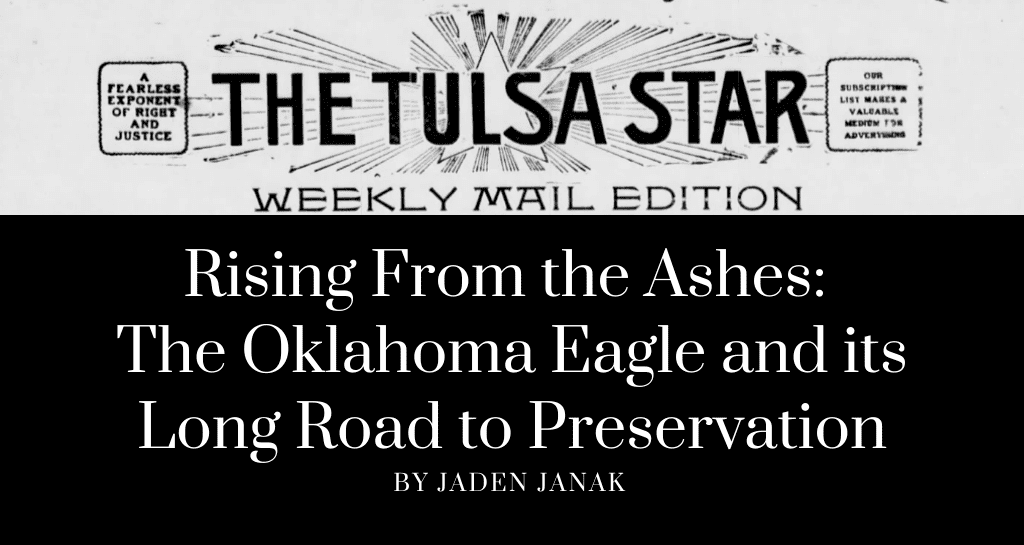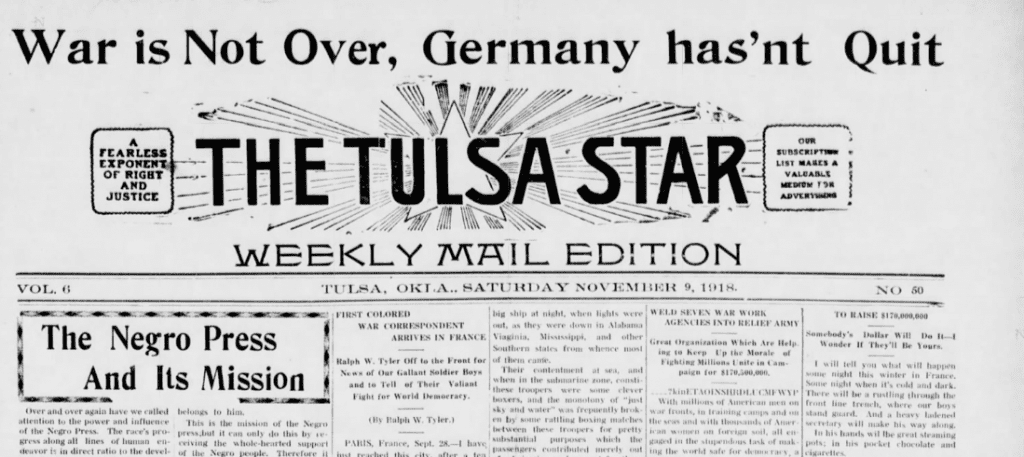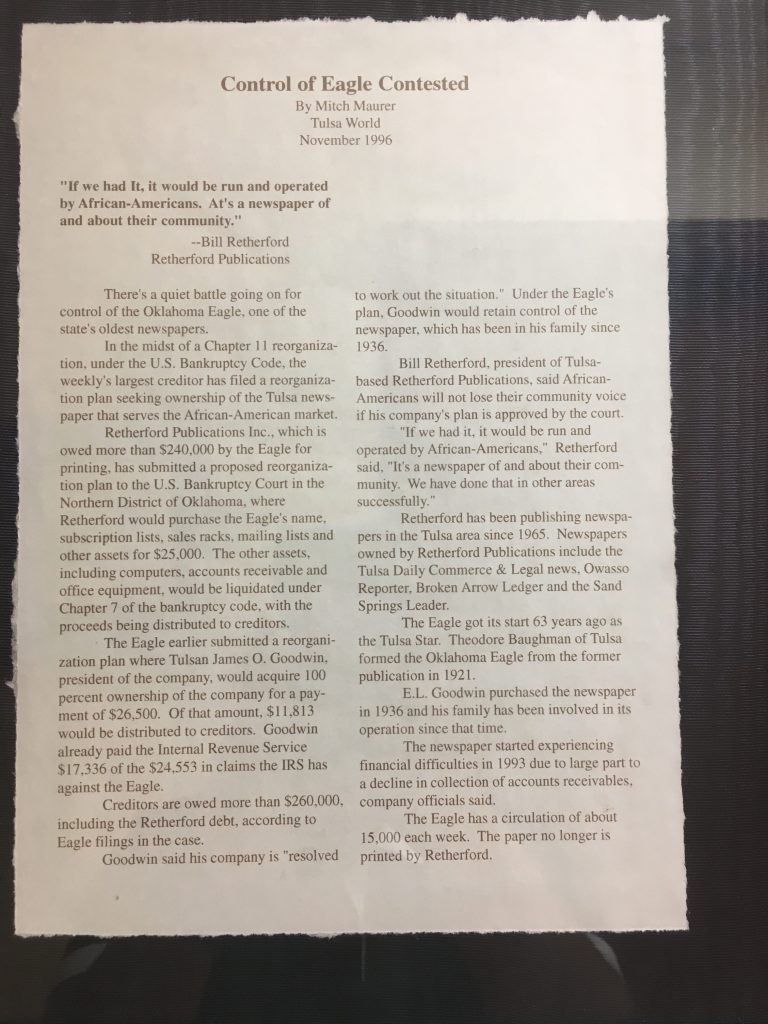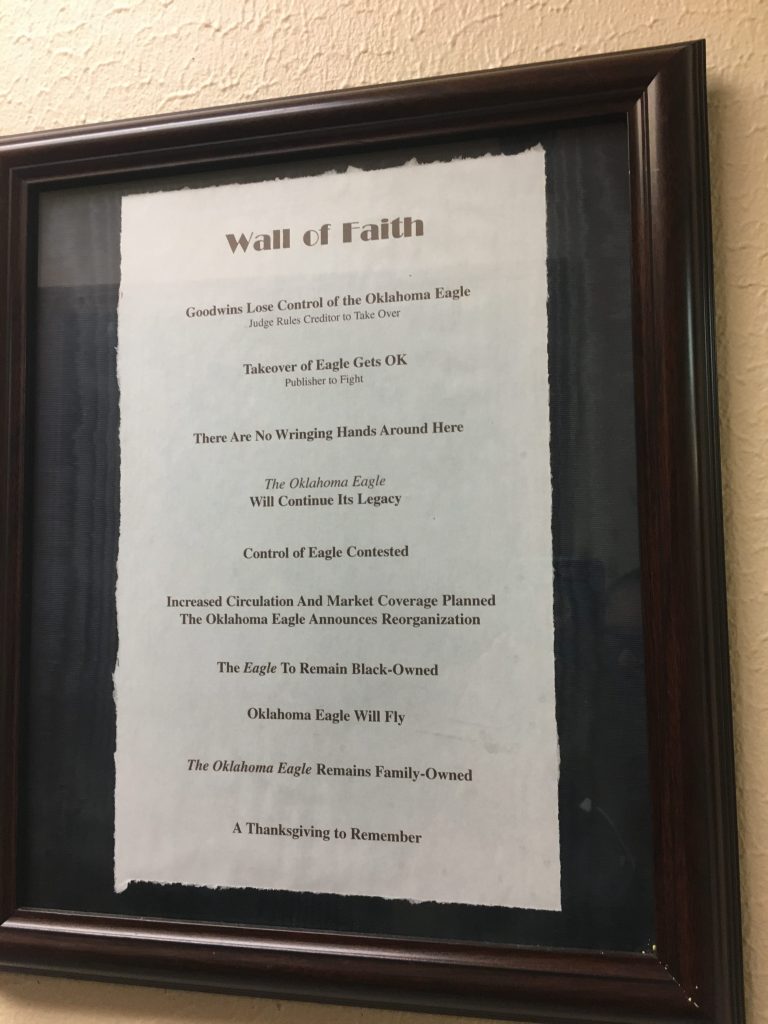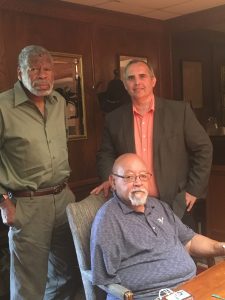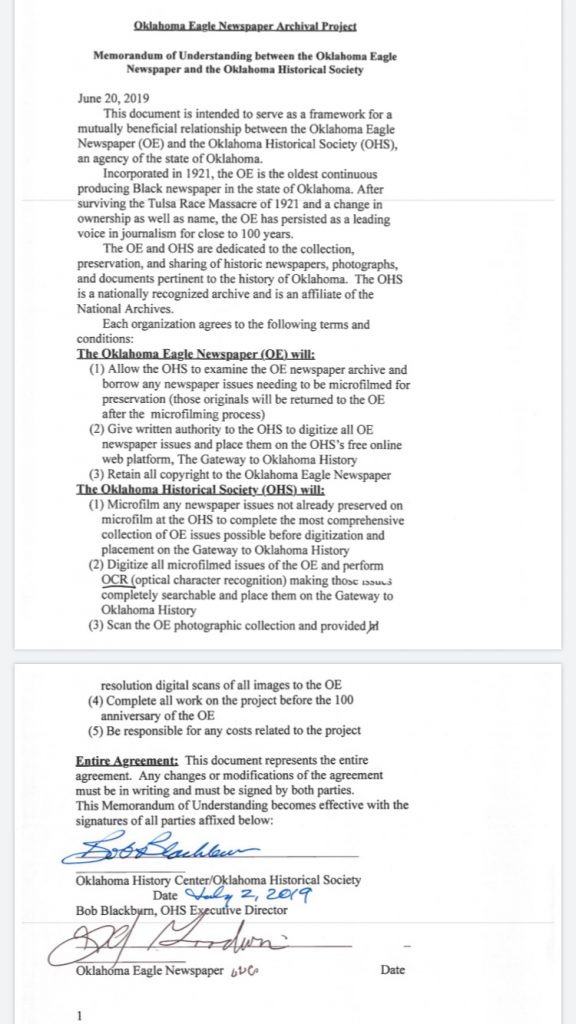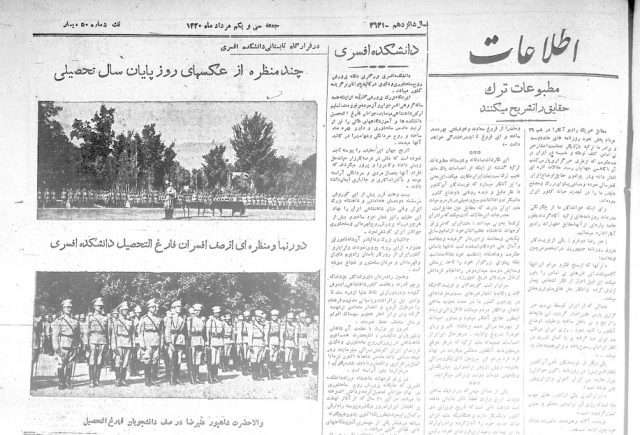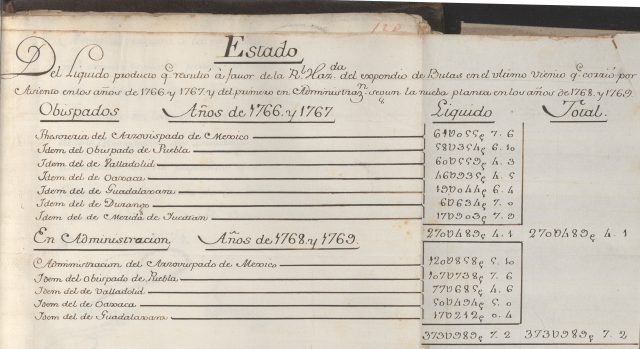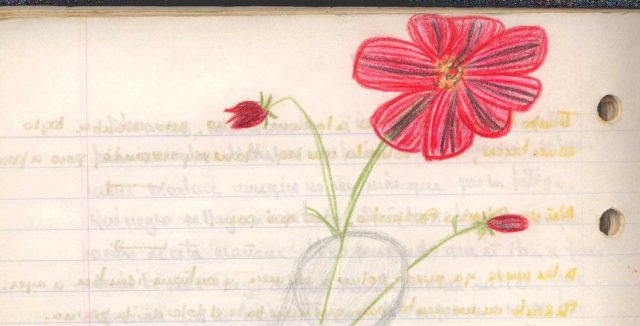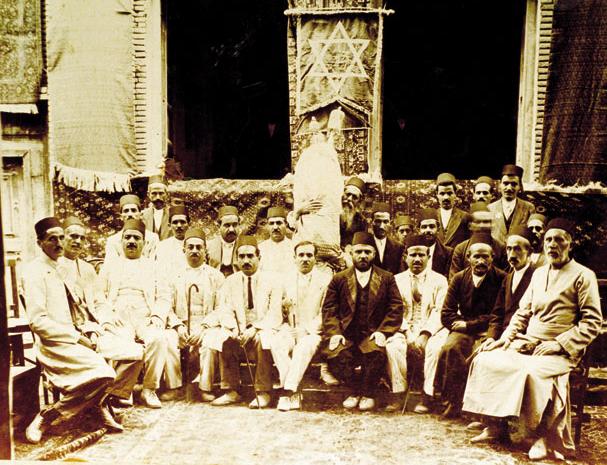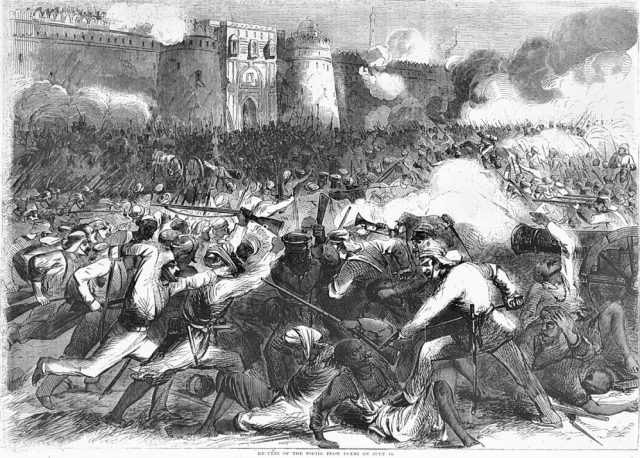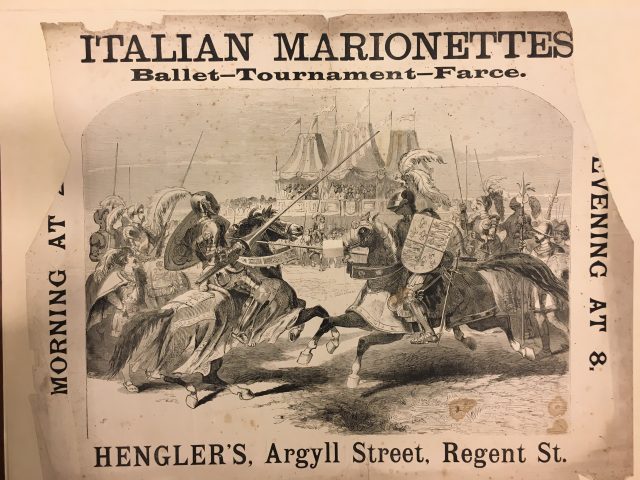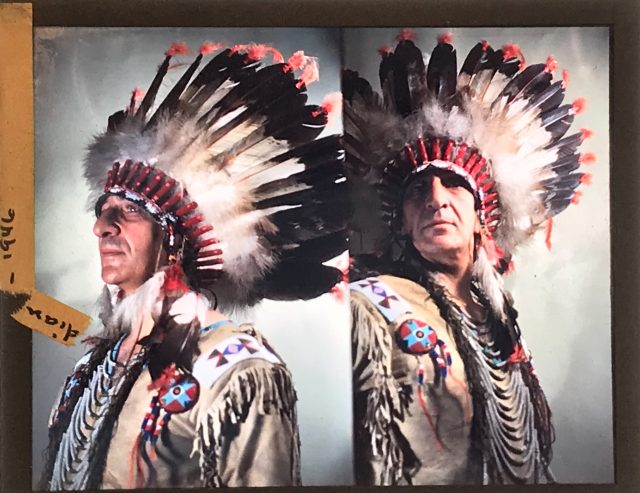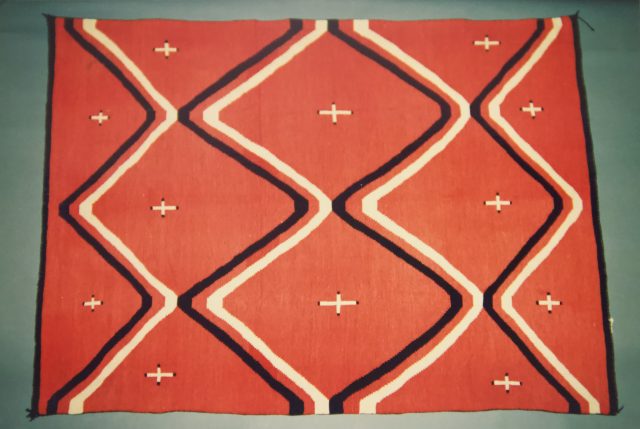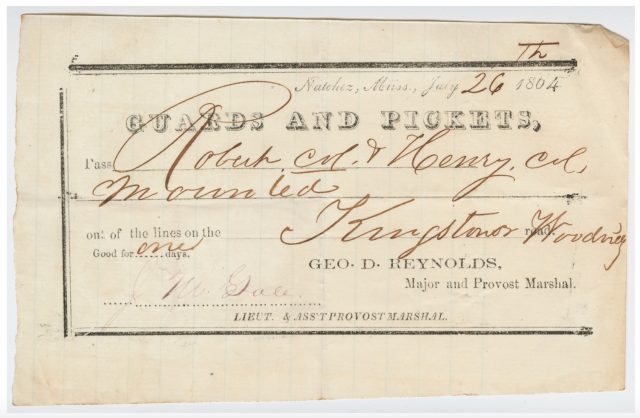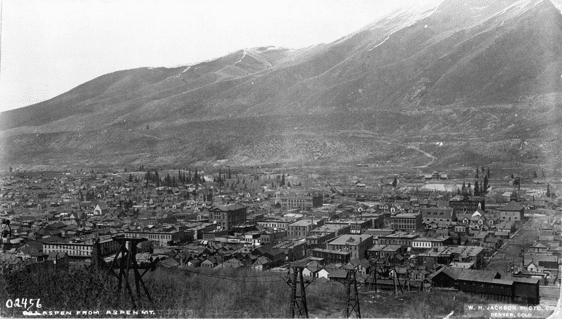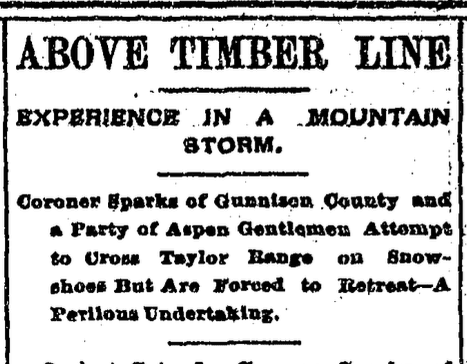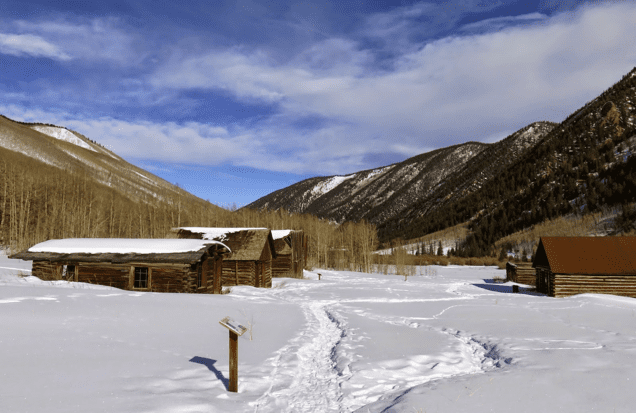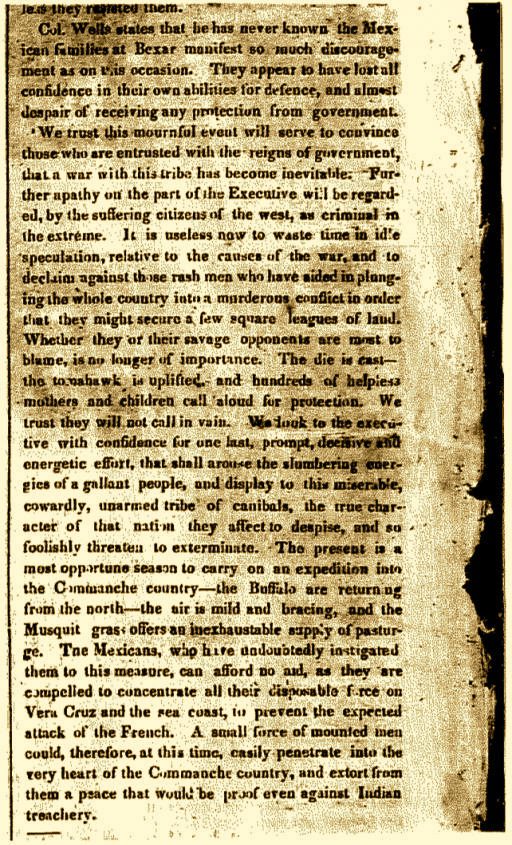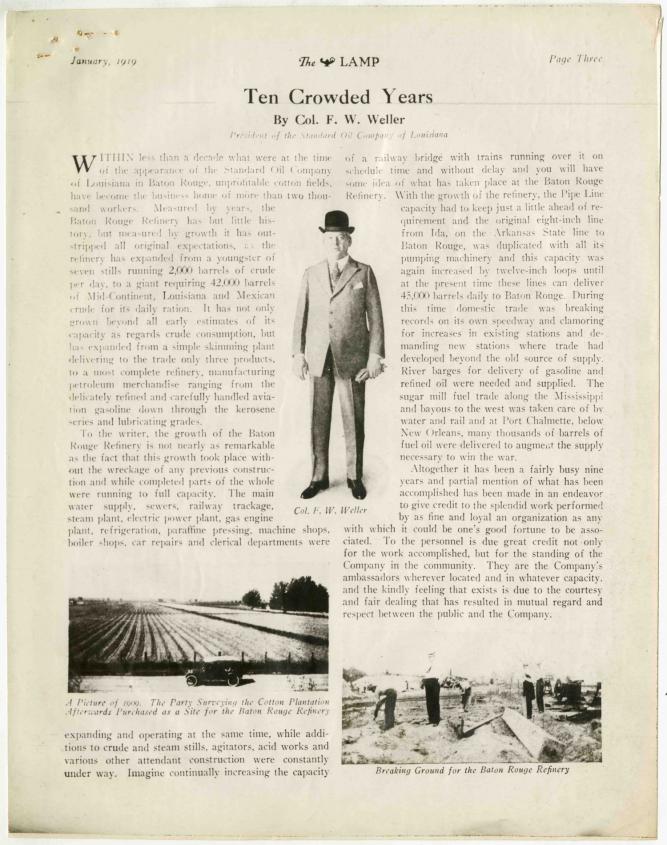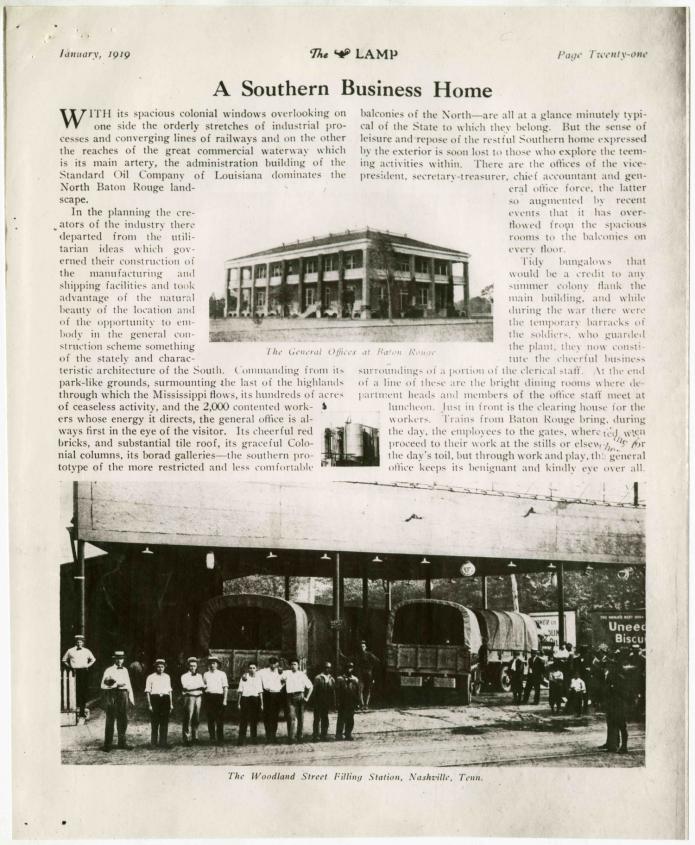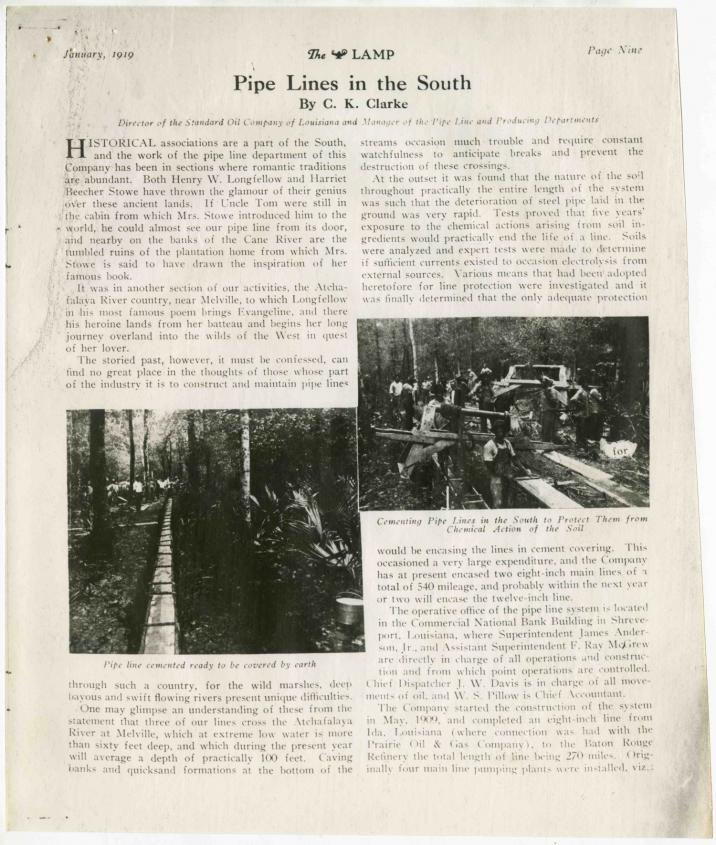
On July 29th, 1878, Texas skies went completely dark for about two minutes.
The last total eclipse in the Lone Star State instigated excitement among scientists from all across the nation who traveled to Texas cities and towns, hoping to capitalize on the rare opportunity to observe the sun directly. But in the days leading to the grand event, anxiety replaced excitement as rain clouds threatened to jeopardize visibility. On the morning of the eclipse, many local towns were still covered in a thick blanket of clouds.
By the anticipated time of the total cover, around three p.m., residents in Corsicana reported a “rather unsatisfactory observation of the eclipse … owing to a heavy rain storm… and dense clouds.”[1] Others were more lucky. Residents of Dallas, Fort Worth, and Dayton (to name a few) witnessed a “nearly total” eclipse. “The darkness,” observed one reporter from Dallas, “increased rapidly when the eclipse had become nearly total, and at totality, one could almost feel it fall upon him. At this moment, a shout went up from the town that made the welkin ring. The eclipse, in common parlance, was a success.”[2]
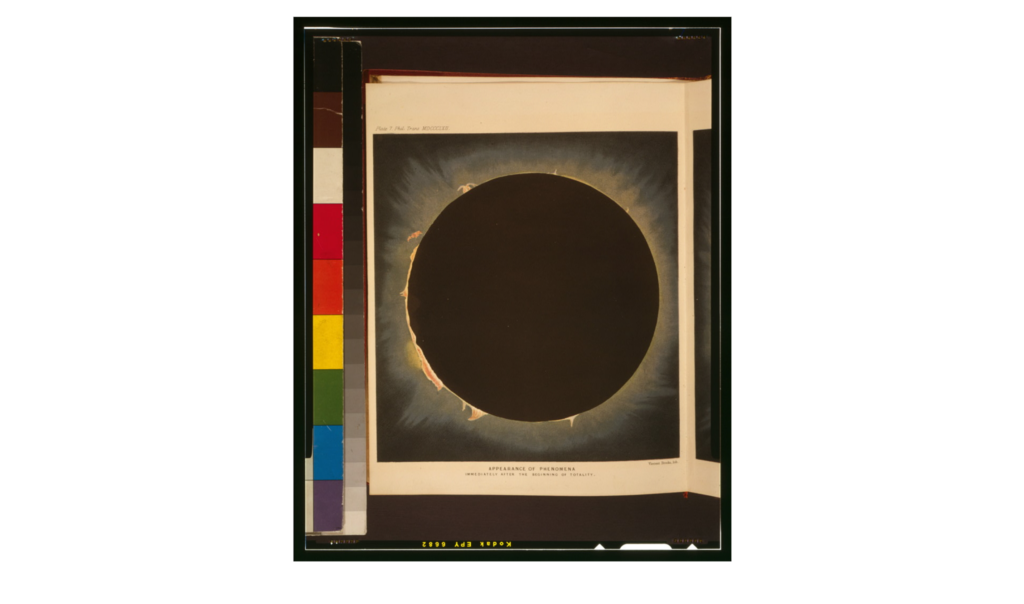
Source: Library of Congress.
Eclipses are formed when the moon is positioned at a certain location and distance from Earth to block some or all faces of the Sun. Annular solar eclipses, like the one that crossed the Southwest in October 2023, are events when the moon is positioned to block only a portion of the sun’s face, resulting in a dimmer – though not dark – daylight. On the other hand, total solar eclipses are much rarer events in which the moon completely blocks the entire face of the Sun, leading to a near-complete darkness mid-day. The highly anticipated eclipse that would take place across Texas on April 8th – the first one in Austin since 1397 – belongs to the latter category. [3]

Source: Wikimedia Commons.
Scientists have long been able to calculate the exact time and place from which total eclipses are visible, generating a sense of excitement and anticipation among people residing there. The July 1878 eclipse was no different. In the days before the eclipse, local newspapers reported on the incoming stream of scientists and the planned parties, observation events, and optimal viewing points.[4]
After the eclipse, the Denison Daily News stressed in no ambiguous terms that the opportunity to view the marvelous phenomenon was indeed a once-in-a-lifetime event. Similar total eclipses, they reported, will “not offer [themselves] to the inhabitants of North America during the remainder of this century.” The writer conceded that “Seven total solar eclipses will occur in that time, but they will be visible” they noted “mostly in uncivilized countries, where it would be unsafe and inconvenient for the observer to go.”[5]

Source: University of North Texas Libraries, The Portal to Texas History; crediting Tarrant County College NE, Heritage Room.
Whereas many viewed the eclipse as a rare opportunity to pause their day and enjoy nature’s wonders, others simply saw it as an opportunity. North of Dallas, a person in the town of Denison tried to break into a local saloon only to be caught in the action.[6] A local grocery store, Gaisman & Co., sought to eclipse the eclipse. They promised their clients that “this phenomenon [the eclipse, AD], though very magnificent, is nothing at all as compared with the way [we] eclipse all competition.” [7]

A screenshot from the Denison Daily Herald.
The Fort Worth Daily Democrat devoted an entire section to eclipse-related witticisms; some are good, others less so. For example, one correspondent reported that people observing the eclipse from the rooftops concluded that judging by the heat, they were “nearer the sun than those who observed it from second-story balconies.” Another report noted that during the eclipse, a man who believed the eclipse signals the end of the world rushed into the newspaper offices to pay his subscription fees and “go into the next world with a good record.”[8]
Much like in 1878, April 8th of this year has ignited excitement among Texas residents and arriving visitors—all eager to witness history. We can only wait to see how the days transpire and how history will record it.
Atar David is a Ph.D. candidate in the History department at UT Austin and the Associate Editor for Not Even Past. His dissertation research focuses on the circulation of agricultural commodities and agronomic knowledge between the Middle East and the American Southwest from the late nineteenth to the mid-twentieth century. Together with Raymond Hyser, Atar founded the “Material History Workshop” – a bi-monthly graduate workshop centered around material culture. You can read more about the workshop here: https://notevenpast.org/uts-material-history-workshop/.
[1] The Galveston Daily News, 7.30.1878. Available at: https://texashistory.unt.edu/ark:/67531/metapth462609/m1/1/zoom/?q=solar%20eclipse&resolution=1.5418132277600567&lat=3915.235786720238&lon=1918.6181484491246
[2] Denison Daily News, 7.31.1878. Available at: https://texashistory.unt.edu/ark:/67531/metapth524824/m1/1/zoom/?q=solar%20eclipse&resolution=4.669487308341764&lat=5142.903990765192&lon=3342.3405082905697
[3]Information about various eclipse types from: https://www.greatamericaneclipse.com/basics. For a fascinating podcast about the last total eclipse in Austin, see https://science.nasa.gov/eclipses/future-eclipses/eclipse-2024/
[4] Fort Worth Daily Democrat, 7.27.1878. Available at: https://texashistory.unt.edu/ark:/67531/metapth1047287/m1/2/zoom/?resolution=6&lat=5785.9453125&lon=3570.625. Denison Daily News, 7.17.1878. Available at: https://texashistory.unt.edu/ark:/67531/metapth524746/m1/1/zoom/?q=eclipse&resolution=2.0990934681719136&lat=3390.191413996829&lon=2617.902290054066
[5] Denison Daily News, 7.31.1878.Available at: https://texashistory.unt.edu/ark:/67531/metapth524824/m1/1/zoom/?q=solar%20eclipse&resolution=4.669487308341764&lat=5142.903990765192&lon=3342.3405082905697.
[6] Denison Daily News, 7.30.1878. Available at: https://texashistory.unt.edu/ark:/67531/metapth326983/m1/4/zoom/?q=solar%20eclipse&resolution=2.347947818898911&lat=1897.638395099022&lon=1982.7079222452521.
[7] Denison Daily Herald, 7.28.1878. Available at: https://texashistory.unt.edu/ark:/67531/metapth721576/m1/3/zoom/?q=solar%20eclipse&resolution=1.8892507198649027&lat=5400.61686251339&lon=1843.2206681743805
[8] Fort Worth Daily Democrat, 7.30.1878. Available at: https://texashistory.unt.edu/ark:/67531/metapth1047908/m1/4/zoom/?q=eclipse&resolution=1.6604087991756384&lat=5656.395271349594&lon=1575.517546411676
The views and opinions expressed in this article or video are those of the individual author(s) or presenter(s) and do not necessarily reflect the policy or views of the editors at Not Even Past, the UT Department of History, the University of Texas at Austin, or the UT System Board of Regents. Not Even Past is an online public history magazine rather than a peer-reviewed academic journal. While we make efforts to ensure that factual information in articles was obtained from reliable sources, Not Even Past is not responsible for any errors or omissions.
